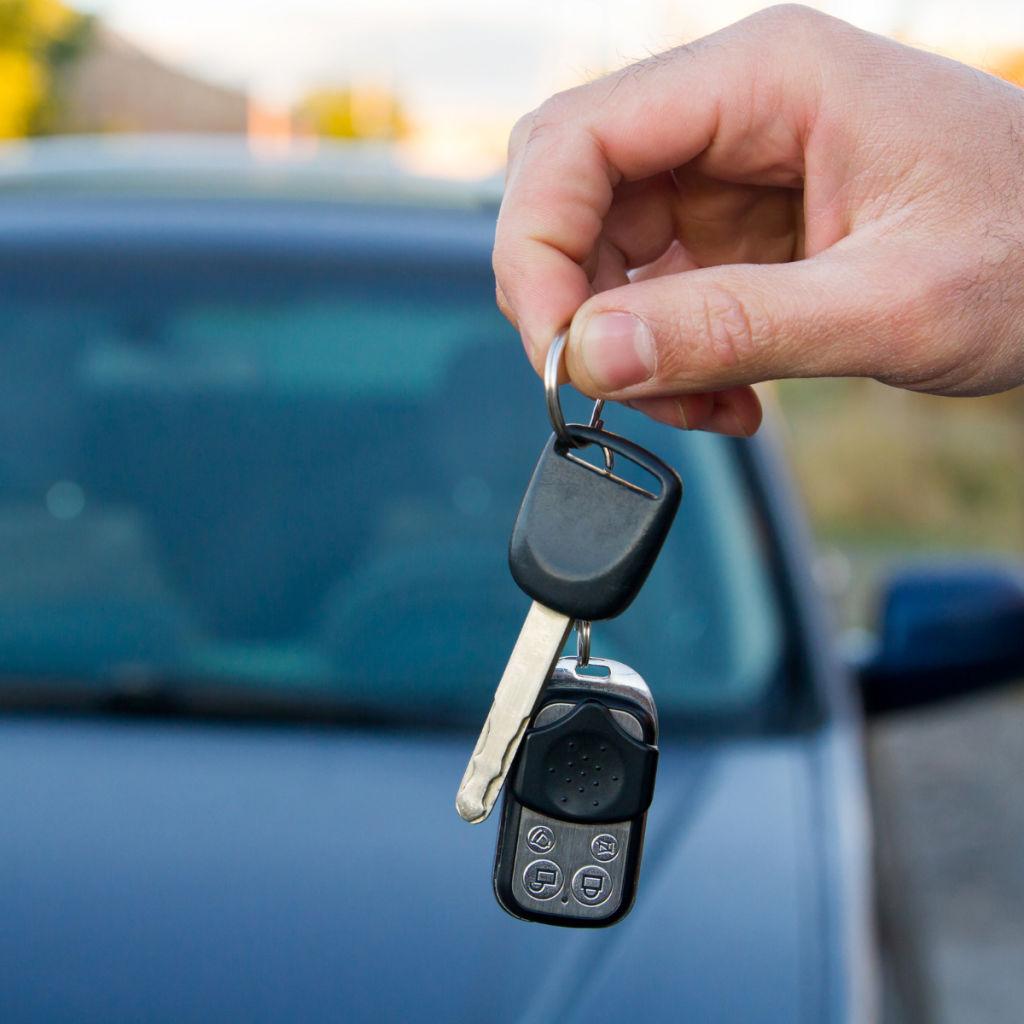Buying a used car can be an excellent way to save money while getting a reliable vehicle. However, the process can sometimes feel overwhelming, especially with the possibility of running into dishonest sellers. To ensure that you’re getting the best deal without falling victim to scams, it’s essential to know how to spot a good deal on a used car. This guide will walk you through key tips and steps to help you avoid common pitfalls, so you can confidently make your purchase.
Do Your Research Before You Start
One of the most critical steps in buying a used car is researching the market. Knowing the fair market value of the car you’re interested in helps you avoid overpaying. Start by looking up the make, model, and year of the car to get a baseline price range.

Online Resources
There are several trusted online platforms, such as Kelley Blue Book, Edmunds, and Autotrader, where you can check car values. These resources give you a solid understanding of what a fair price should be. You can also check the history of the car using services like Carfax or AutoCheck to ensure it hasn’t been involved in any major accidents or had significant issues.
Consider the Car’s Condition
When researching, factor in the condition of the car. Factors like mileage, service history, exterior, and interior condition, as well as whether any major parts have been replaced, can all affect the price. A low-priced car may be appealing, but it could have hidden issues that will cost you more in the long run.
Inspect the Car Thoroughly
A thorough inspection is vital when buying a used car. Whether you are buying from a dealership or a private seller, it’s essential to assess the car’s physical condition to ensure there are no underlying problems.
Exterior Inspection
Start by examining the car’s body. Look for any signs of rust, dents, or mismatched paint. These could be indicators of a previous accident or poor maintenance. Check the condition of the tires as well. Uneven tire wear could signal alignment issues or problems with the suspension.
Interior Inspection
Next, check the interior of the car. Ensure the seats, dashboard, and upholstery are in good condition. Test all the electronics, such as the air conditioning, radio, lights, and power windows, to ensure everything is working. If something doesn’t work, it could be a negotiating point for lowering the price.
Under the Hood
A used car’s engine is crucial to its longevity, so don’t overlook this area. Check for any oil leaks, signs of corrosion, or worn-out belts. It’s a good idea to bring a mechanic with you for a more thorough inspection if you’re not familiar with car engines. A mechanic can help identify potential issues that could be costly to fix later on.
Take It for a Test Drive
Never buy a used car without taking it for a test drive. This step allows you to get a feel for the car’s performance and can help identify hidden issues that aren’t immediately apparent.
Check for Strange Noises
During the test drive, listen for any unusual sounds like squealing, knocking, or grinding. These noises could indicate problems with the brakes, transmission, or other essential components.
Test the Handling
Pay attention to how the car handles. Does it steer smoothly, or does it pull to one side? If the car pulls, it could be a sign of alignment issues or suspension problems.
Check the Brakes
Test the brakes during the drive. Ensure they respond quickly without any pulsation, squeaking, or grinding. Poor braking performance can be dangerous and costly to repair.
Verify the Car’s History
The car’s history is a crucial factor in determining whether or not you’re getting a good deal. A history report can reveal important details, such as whether the car has been involved in any accidents, if it has a clean title, or if there are any outstanding recalls.

Get a Vehicle History Report
Services like Carfax or AutoCheck provide detailed reports that show the car’s previous ownership, accident history, and any major repairs. Always ask for this report before making any decisions. A clean history report indicates that the car has been well-maintained, which is crucial for ensuring its reliability.
Check for Recalls
Look up the car’s VIN (Vehicle Identification Number) on the manufacturer’s website to check if there are any outstanding recalls. A car with unresolved recalls may pose safety risks and can be a red flag.
Be Wary of Too-Good-to-Be-True Deals
Scammers often lure buyers in with deals that seem too good to pass up. If a used car is priced much lower than its market value, this could be a red flag. While some sellers may genuinely need to sell quickly, others may be attempting to offload a car with hidden issues.
Price Too Low?
If the car’s price seems too low, ask the seller why they’re selling. A legitimate reason might be moving or upgrading to a newer car. However, if the seller is reluctant to answer or provides vague explanations, it could be an indication that the car has problems they are trying to hide.
Avoid High-Pressure Sales Tactics
Some sellers may pressure you to make a quick decision or demand that you pay in cash. Always take your time and consider all the facts before making a purchase. A reputable seller will give you space to think things over and won’t rush the sale.
Negotiate the Price
Once you’ve done your research and inspected the car, it’s time to negotiate. Use any issues you’ve found as leverage to lower the price. If the car has minor cosmetic damage, you can negotiate based on the cost to fix it. If the seller refuses to lower the price, be prepared to walk away.
Know When to Walk Away
If the deal seems too good to be true or the seller is unwilling to meet a reasonable price, it’s okay to walk away. There are plenty of used cars on the market, so don’t feel pressured to settle for a bad deal.
Make Sure the Paperwork Is in Order
Once you’ve agreed on a price, it’s essential to ensure all the necessary paperwork is in order. This includes the car’s title, maintenance records, and any warranties. Make sure the title is in the seller’s name and that there are no liens on the car.

Transfer the Title
When buying from a private seller, make sure the title is transferred to your name. If you buy from a dealership, they should handle this for you, but it’s always good to double-check. Having the title in your name ensures that you are the legal owner of the car.
Get a Bill of Sale
A bill of sale is a crucial document that records the transaction details. It should include the car’s make, model, VIN, the purchase price, and the date of sale. Both you and the seller should sign it for your records.
Conclusion
Buying a used car can be a smart decision if you know what to look for and how to protect yourself. By researching the car’s value, inspecting it thoroughly, taking it for a test drive, and verifying its history, you can avoid common scams and make an informed purchase. Always negotiate the price based on the car’s condition and don’t hesitate to walk away if something feels off. With these tips, you’ll be well-equipped to spot a good deal on a used car and drive away with confidence.

Leave a Reply